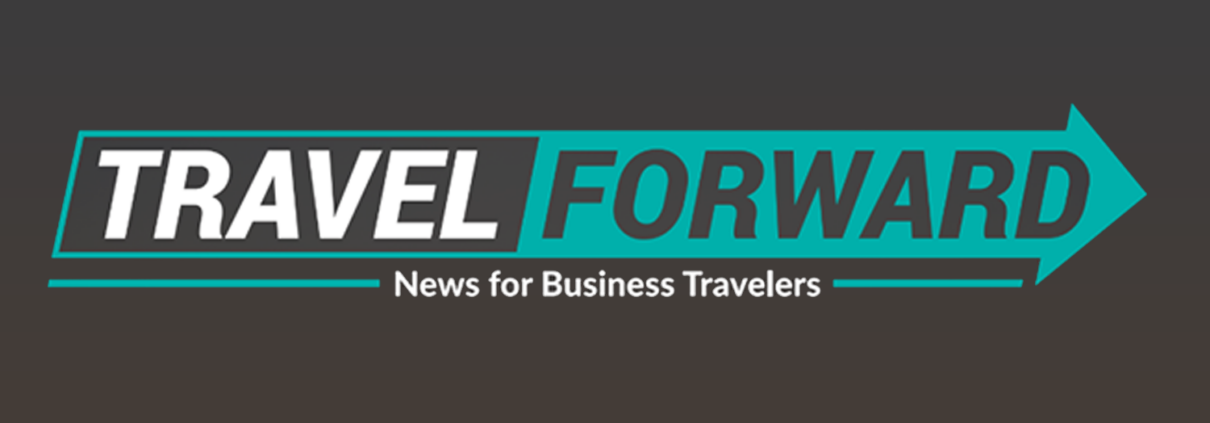Gaining the Edge Through Supplier Partnerships
Projections for 2026 outline a landscape defined by rising supplier costs and shifting pricing models for small and medium enterprises (SMEs).
Unlike large corporations, SMEs often lack scale to absorb these pressures, making strategic sourcing and creative partnerships more critical than ever. While these changes present challenges, they also create opportunities for SMEs to turn this changing landscape into a competitive advantage.

Rising Costs and New Market Dynamics
Airlines, hotels, and rental car companies are reshaping the marketplace with premium pricing models, tighter capacity, and loyalty-focused incentives. Global airfare, hotel rates, and ground transportation costs are climbing due to inflation, labor shortages, and operational constraints. SMEs cannot rely on sheer volume to drive discounts, so traditional RFP approaches often yield limited results.
At the same time, suppliers are offering new ways to engage through loyalty programs, flexible packages, and technology-enabled booking options that can enhance traveler satisfaction while delivering value. For SMEs, the goal is no longer just cost control, but leveraging these shifts to strengthen the travel program, support employees, and maximize ROI.
Winning Strategies for SMEs in a Challenging Market
1. Leverage Data for Negotiation Power
Even modest travel volumes become powerful when paired with clear, actionable data based upon sound travel policies and traveler compliance. SMEs can use spend analytics to show concentrated activity in specific markets, highlight preferred suppliers, and benchmark against peer companies. This transparency can help suppliers see the value of a partnership beyond volume.
2. Focus on Value Over Deep Discounts
When high-volume discounts are unattainable, SMEs can pivot to added-value benefits that improve the traveler experience and enhance duty of care. Flexible booking policies, priority check-in, upgrades, and bundled services create tangible value for employees without significantly increasing costs.
3. Educate and Engage Travelers
A well-informed traveler is a compliant traveler. SMEs that communicate the purpose behind policies by explaining how using preferred suppliers protects safety, streamlines support, and maximizes program benefits can increase adherence without sacrificing flexibility.
4. Integrate Supplier Programs and Loyalty Perks
Supplier programs can bridge gaps where direct negotiation is limited. Incorporating loyalty programs, such as the Delta SkyMiles for Business, into corporate policy not only drives compliance, it provides benefits to both the corporation and the traveler, improving their satisfaction and creates a win-win scenario for employees and the company.
Looking Ahead: Turning Shifts Into Strategy
Supplier shifts will continue, but SMEs that treat these changes as opportunities can thrive. Data-driven decisions, strategic partnerships, and creative sourcing strategies allow smaller companies to remain competitive.




Leave a Reply
Want to join the discussion?Feel free to contribute!